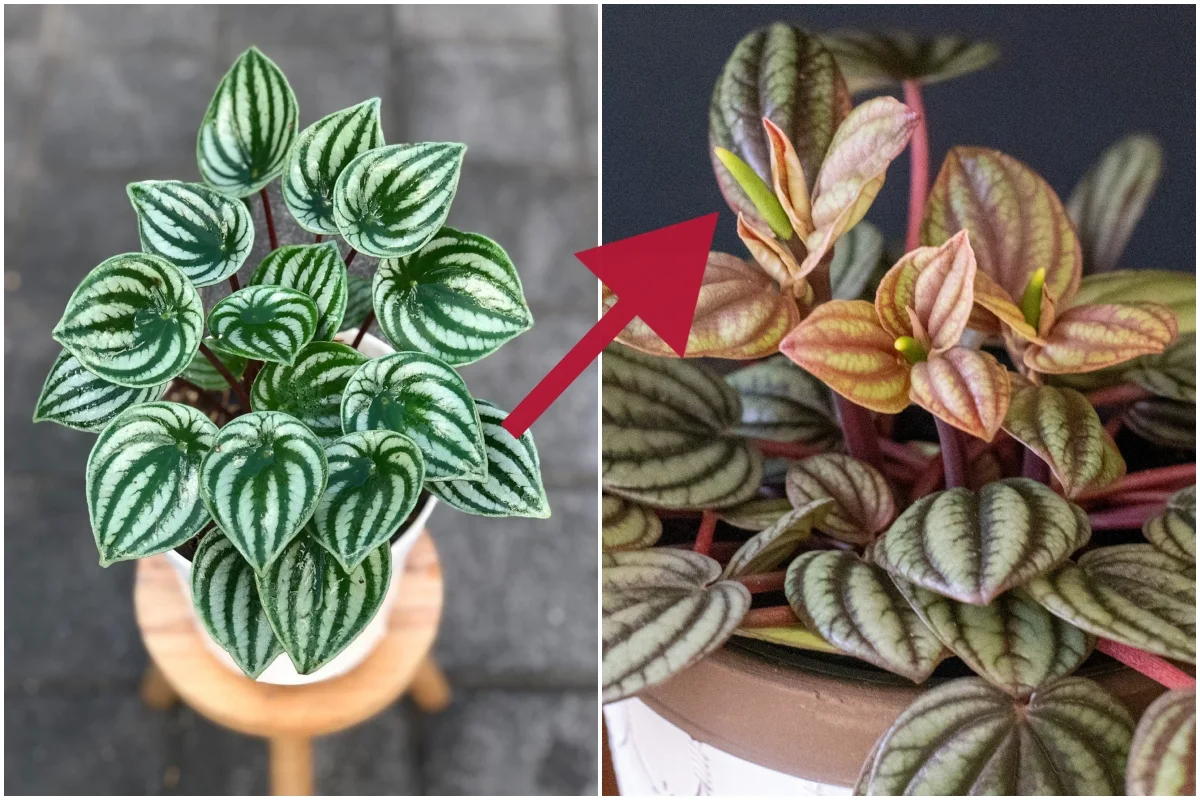
Whether you’re new to peperomia or you’re just clicking out of curiosity, there are a few interesting things you need to know about keeping them as a houseplant.
Because as we all know, it’s one thing to keep a plant alive; it’s another to get it to thrive. So here are seven cool things you should know about these quirky plants that will hopefully make you a better peperomia parent.
A Quick Guide to Peperomia
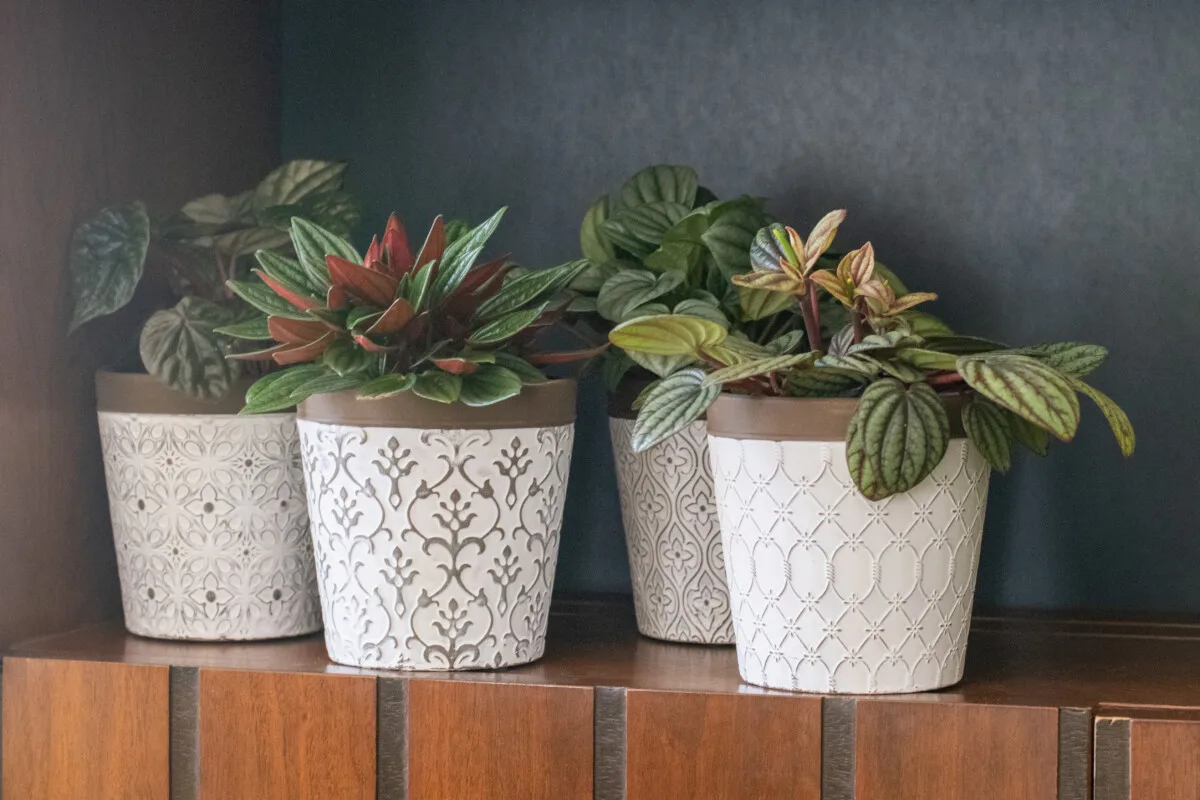
Commonly known as the radiator plant, there are around 40 varieties of peperomia available commercially and well over 1,000 in the world, with new varieties still being discovered. Most of the species are located in Central and South America. Peperomia are related to the black pepper plant and, unfortunately, have nothing to do with pepperoni. (I know, I was disappointed, too.)
Some, like Peperomia obtusifolia or Baby Rubber Plant, have sturdy waxy leaves, while others have small, shimmering, delicate leaves.
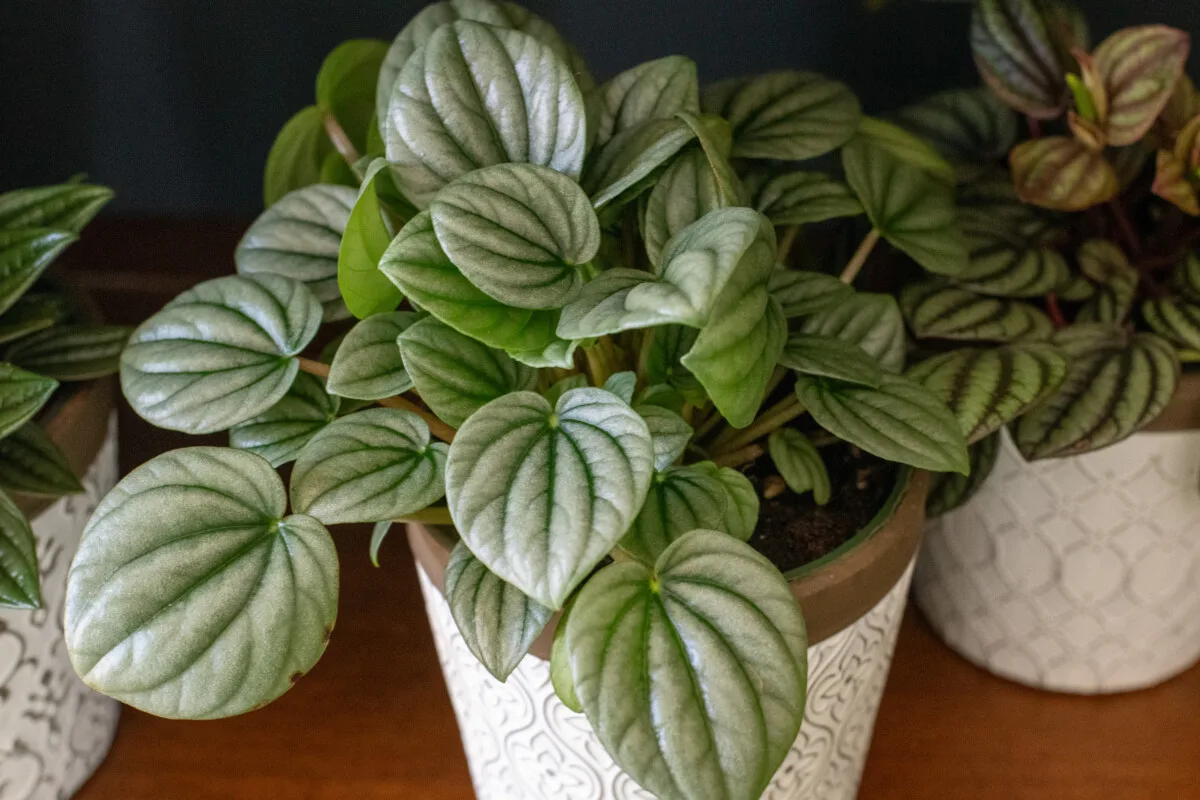
Part of the charm of these plants is how different they look from one cultivar to the next.
Seriously, you can’t beat them for variety.
Their compact growth habit and gorgeous foliage make them a favorite for those short on space or the collector who has room for “just one more plant.” A semi-succulent, peperomia makes for a plant that’s easy to care for if you’re one of those green thumbs who tend to forget to water your plants regularly. (Hi, friend!)
They do best in bright, indirect light and well-draining soil. Shocker, I know. But let’s take a closer look at some interesting and important aspects of peperomia that make caring for them a little easier.
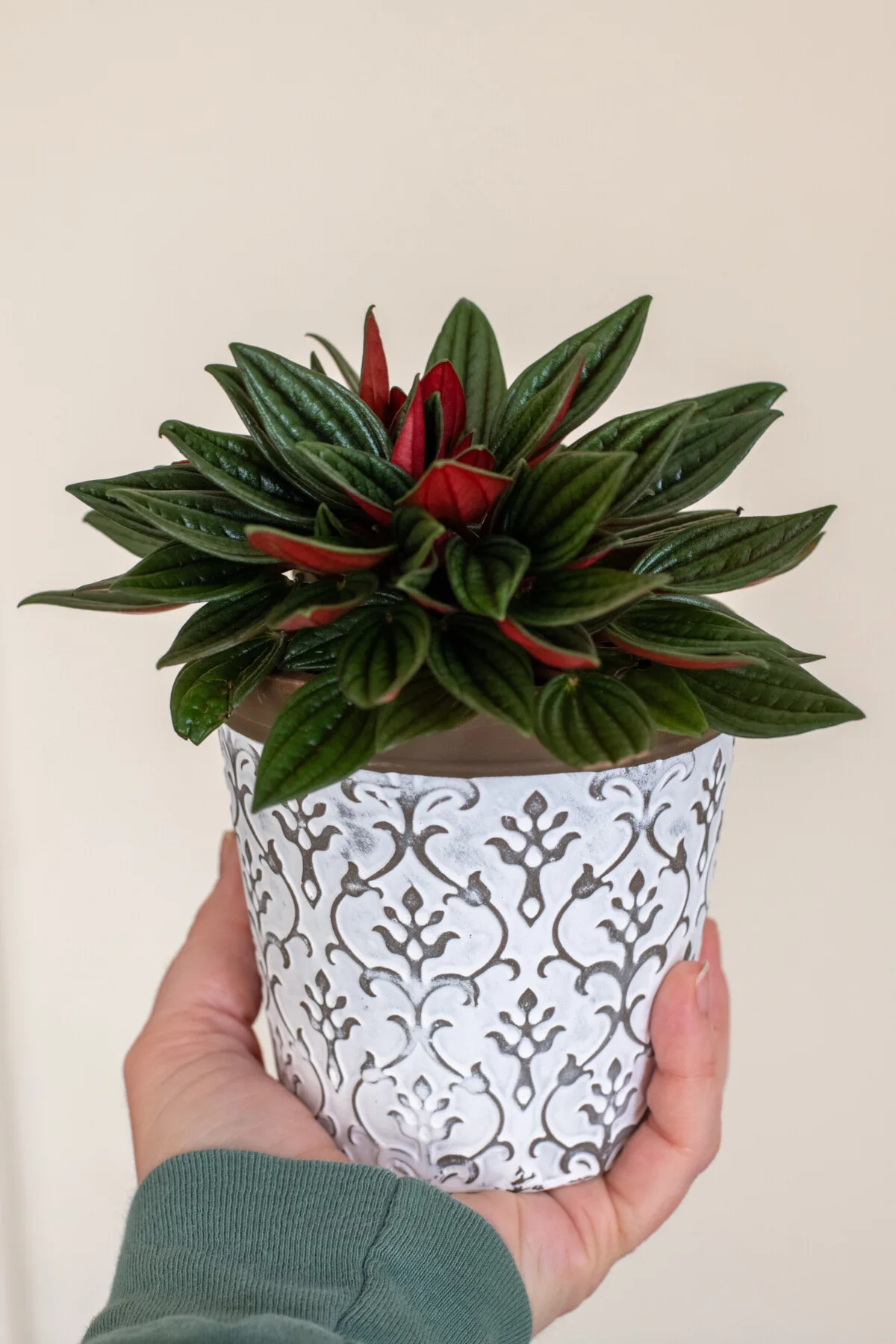
1. Low-light? No Problem
Like most tropical houseplants, peperomia prefers bright, indirect light. However, many varieties can tolerate low light, especially Peperomia obtusifolia. This makes these compact little plants perfect for a room that doesn’t receive a lot of sun, like northern-facing rooms.
Of course, don’t mistake low light for no light at all.
If you keep your plant in a room with low light, place it where it will receive the most light available. Peperomia will slow their growth significantly in low light conditions and are less likely to flower. Those aren’t bad trade-offs if you live in a dark apartment or house and you’re craving some lush, green foliage in your life.
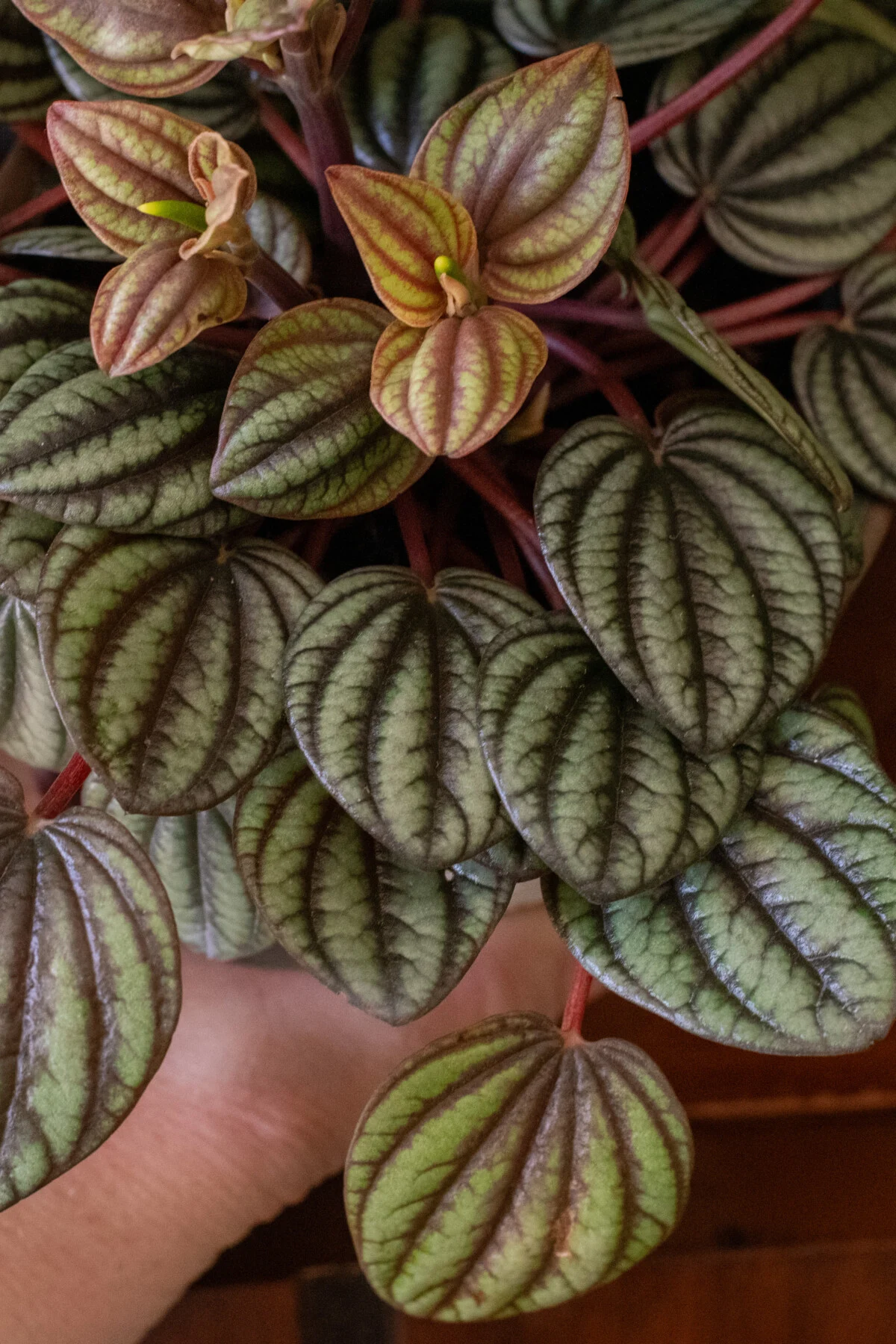
However, if your plant begins to get leggy and stretch, then it’s not getting enough light. You can either move it closer to a window or supplement the light with a small grow light.
2. Weirdly Charming ‘Flowers’
Peperomia flowers are not quite what you would expect when you hear the word ‘flower.’ Rather than something with colorful petals, peperomia produce inflorescence spikes ranging in color from green to yellow to white, depending on the variety.
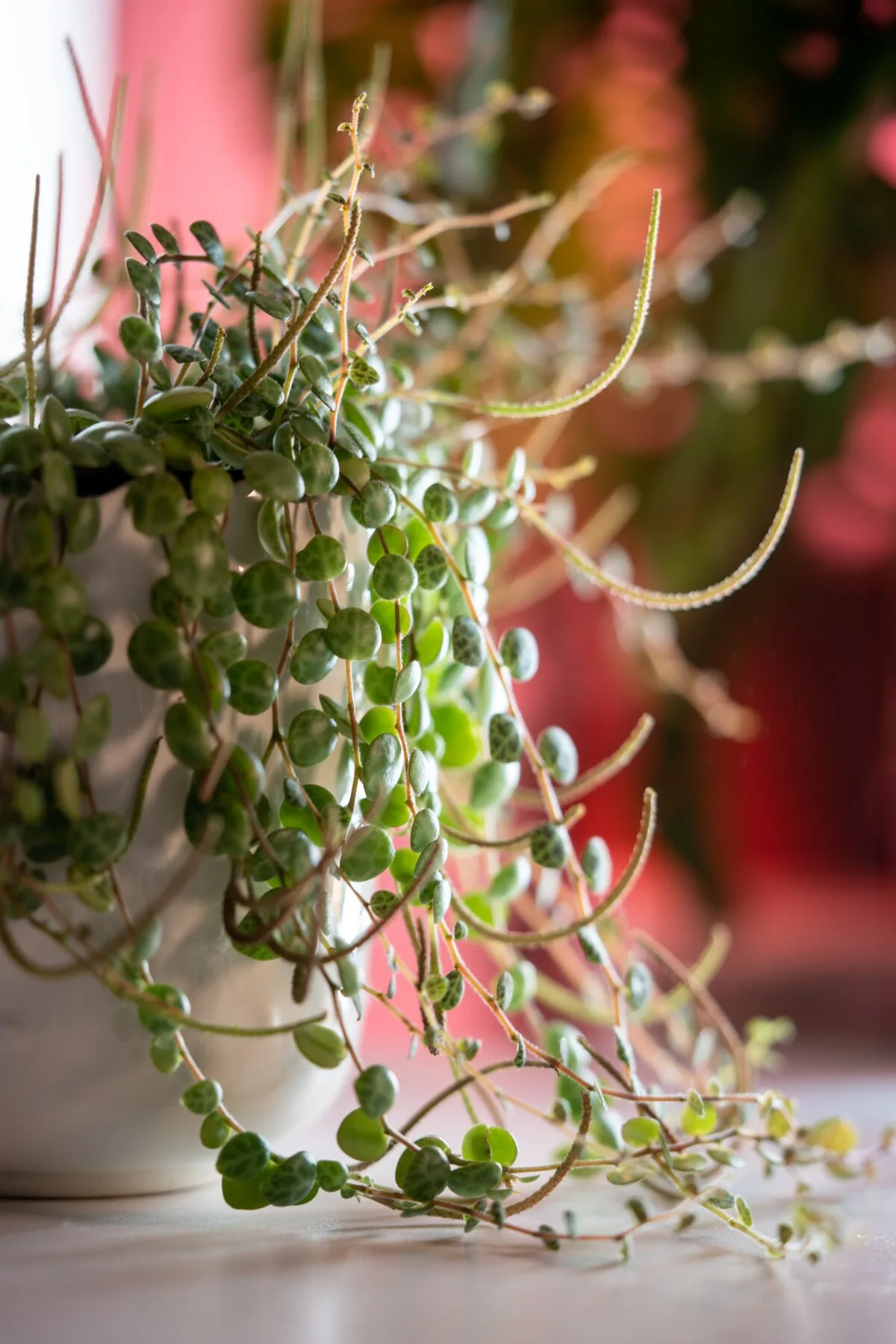
I remember the first time my Peperomia Frost flowered. I was all, “What on earth are these funny rat-tail things on my plant?”
They have a certain visual appeal, so I like to leave them. But you can snip them off as they show up if they’re not your thing. If you do choose to leave them, I would advise you to cut them off once they start to droop. Otherwise, they can leave a powdery mess of pollen behind if left for too long.
3. Peperomia Propagation Is Super Easy
Did you know you can propagate peperomia with leaf cuttings? Leaf cuttings are my favorite way of propagating because instead of new roots from a stem, you get the cutest brand-new baby plant from a leaf.
You’ll need a fluffy potting mix and a small pot. I’ve found that seed starting mix is equally great for propagation. Cut a leaf from your peperomia, leaving about 1/2″ to 1” of the stem. Dip the leaf in rooting hormone. (I use willow bark water.) Then, carefully poke the leaf into the moistened potting mix, stem pointing down. You want the leaf to be nestled slightly into the potting media as well.
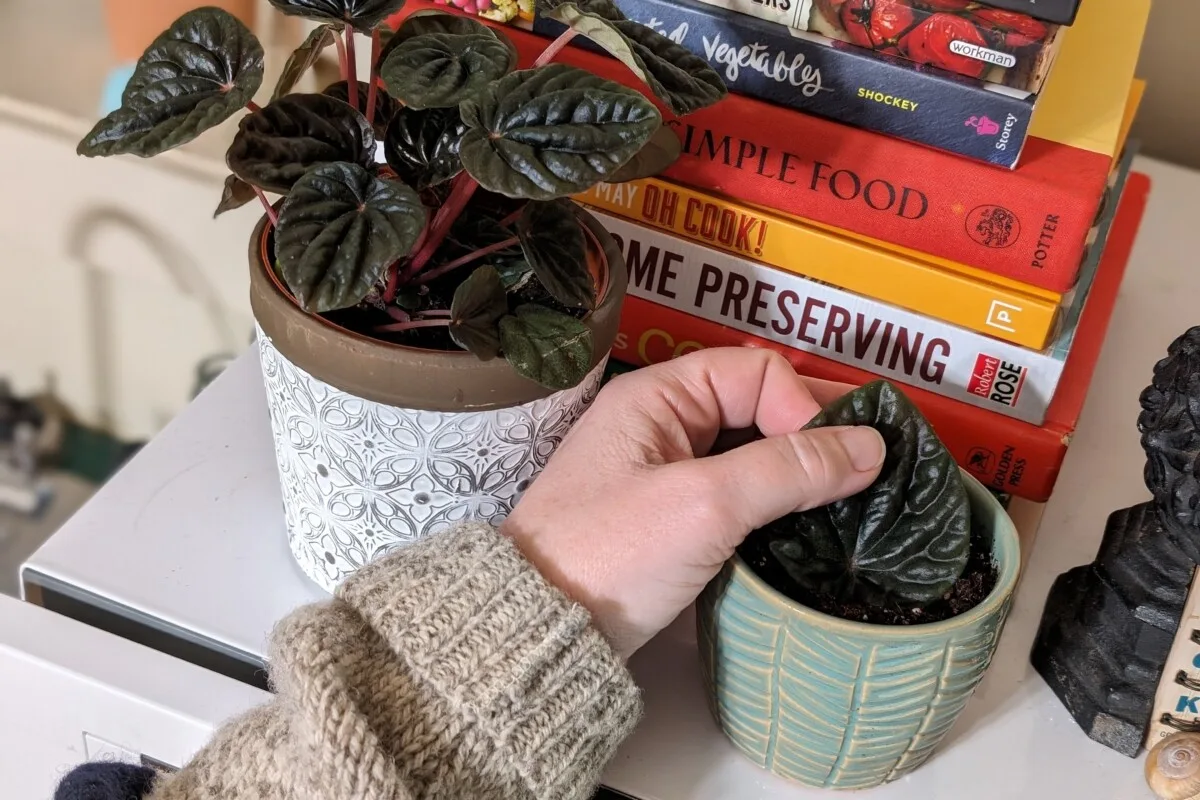
Now, cover the pot with clear plastic to keep in moisture, but don’t seal it completely, or the leaf will rot. Place the pot somewhere warm. Check on the cutting once a week to ensure the potting media is still damp and no mold is growing.
Be patient. It can take up to two months to see your new peperomia plant emerge from the soil.
Once new leaves have emerged, remove the covering and allow the new plant to acclimate. You’ll need to water it more frequently for the first week or two.
4. Your Dog Loves Peperomia, the Cat Does, Too
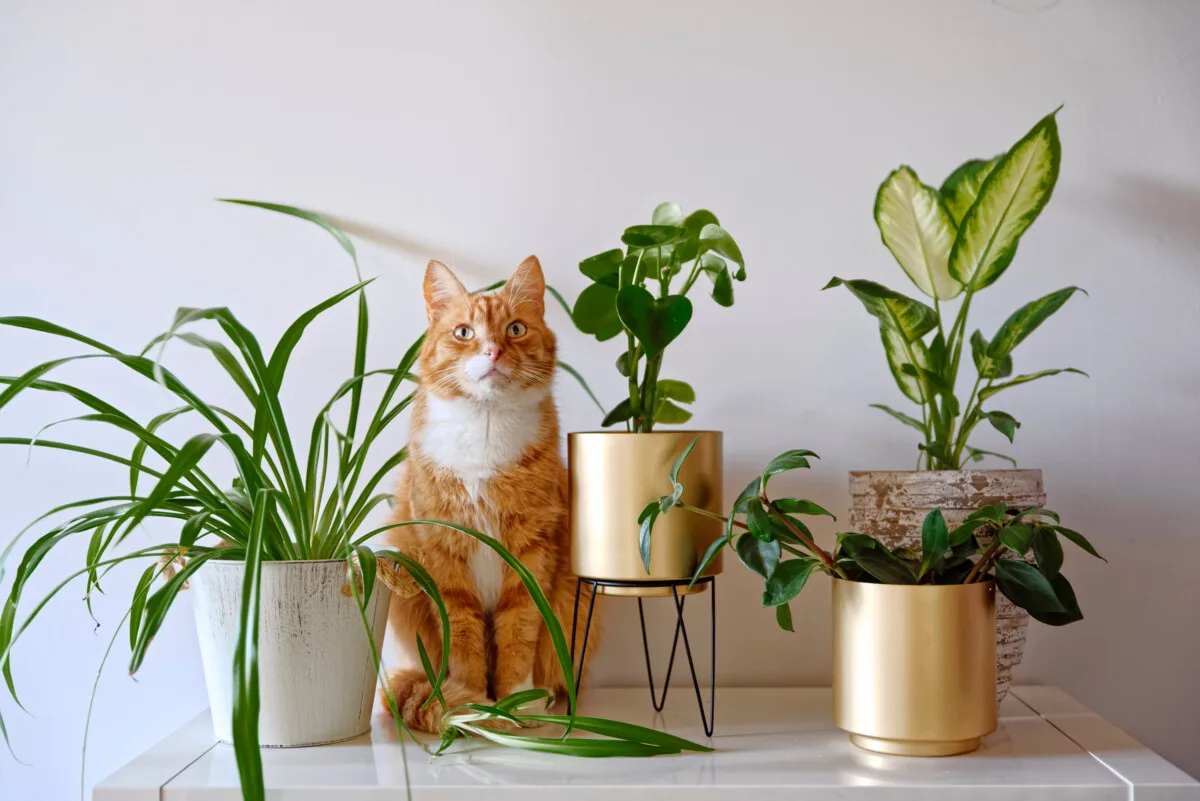
If you have pets, then you probably already know that the list of houseplants that are toxic to them is longer than your arm. Luckily, all cultivated varieties of peperomia are non-toxic to cats and dogs. Finally! A houseplant that actually has interesting foliage and is safe to keep around your pets.
5. Teeny-Tiny Root Systems
Peperomia have little to no root system. They’re either epiphytes (growing on other plants), lithophytes (growing on rocks) or geophytes (meaning they have a tuber growing underground.) While this may not seem all that interesting, it provides us with an important clue for taking care of them.
Because their root systems are so small, peperomia develop root rot much easier than other houseplants. They don’t have the ability to deal with excess water in the soil, and in the time it takes for the soil to dry out, you’ve got root rot.
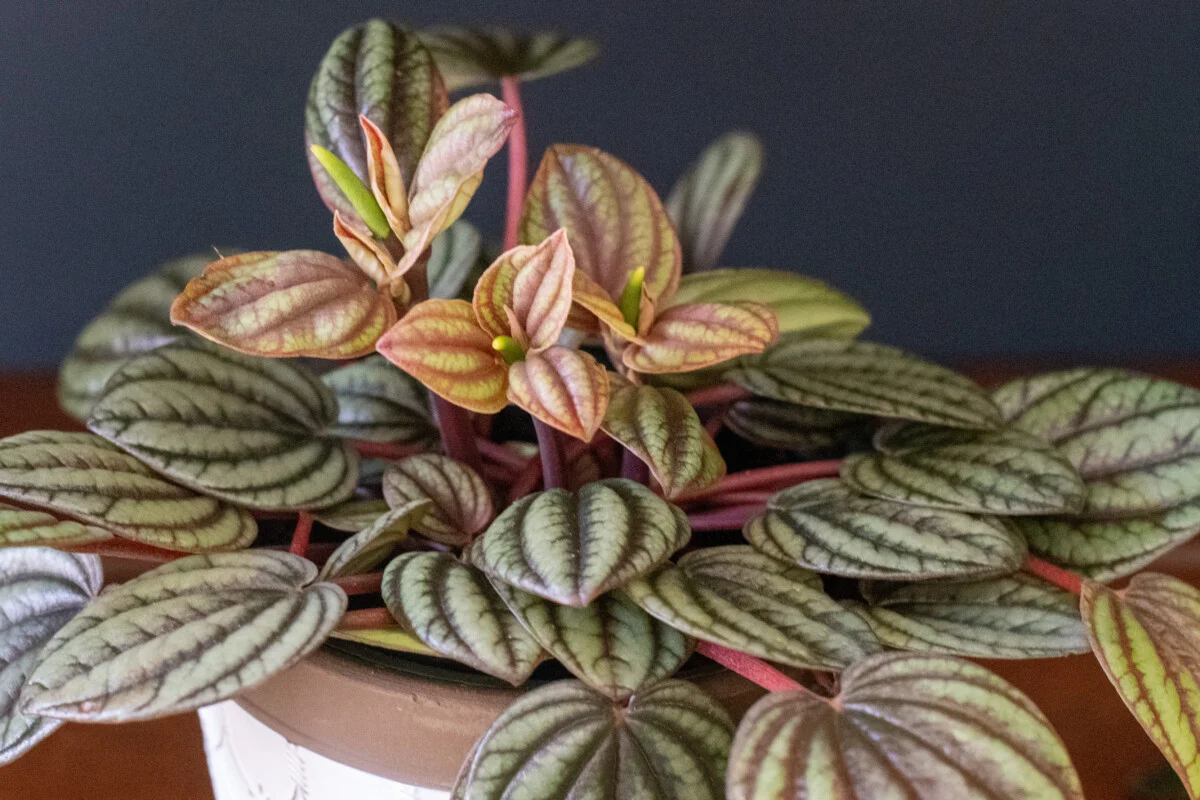
Guess how most peperomia die.
To prevent root rot, use a well-draining soil meant for epiphytic plants and let the soil dry out slightly between waterings. You don’t want to let it get bone dry, but you also don’t want the tender roots sitting in damp soil for too long.
This is also why one of the most common pests associated with peperomia is fungus gnats. Too much water sitting in the potting mix becomes the perfect breeding ground for these maddening pests.
6. Take Your Peperomia Outside
Many peperomia appreciate hanging out outdoors once the weather is warm enough. When nights stay consistently above 55° F, you can move your peperomia outside. These plants will easily sunburn, though, so choose a spot that gets filtered sunlight and check on them frequently to be sure they aren’t getting too much sun. Remember bright, indirect sunlight.
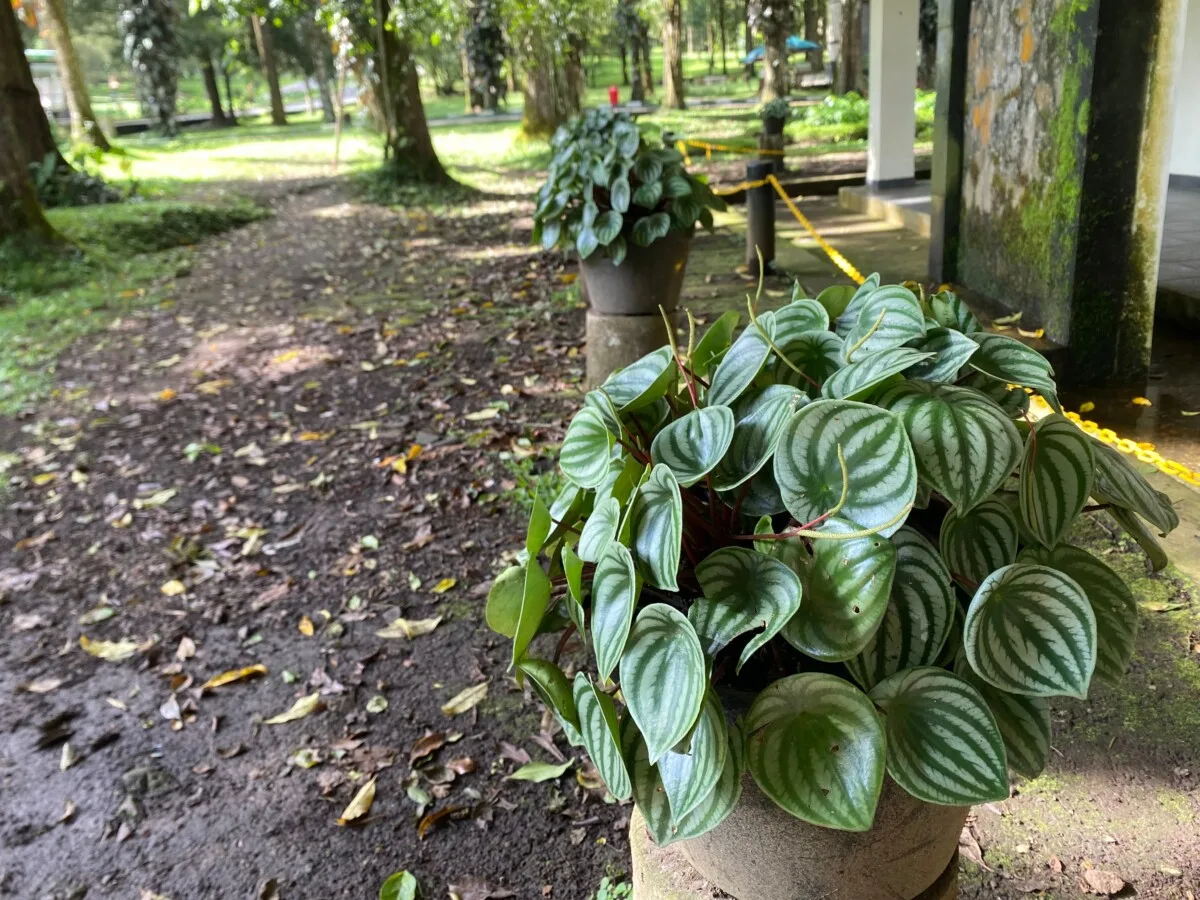
You might want to check out Mickey’s piece about moving plants outside in the spring, too.
Always bring them back in at the end of the season, well before nights start cooling off. It’s always a good idea to check them over to be sure they aren’t bringing any tiny outdoor pest friends back in with them.
7. No Fertilizer? No Problem
Finally, if you don’t have time for fussy plants with extensive feeding needs, then peperomia are a good option. They aren’t big feeders, so you can skip the fertilizer entirely or only feed them a few times a year.
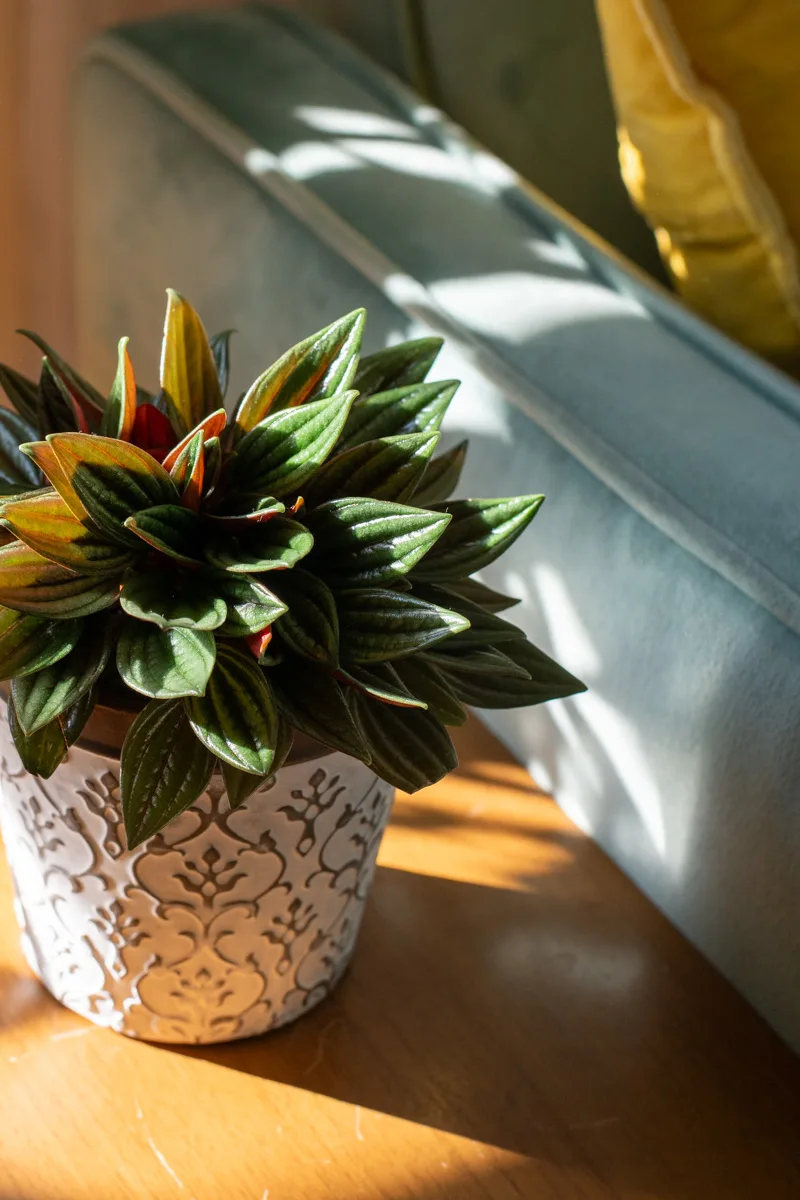
Naturally, if you want a bushier plant or a smaller plant to grow faster, then feeding a balanced fertilizer once a month will help those goals along. But if you’re looking for a plant that’s pretty laid back and easy to care for, a peperomia is a good choice.
Hopefully, you’ve learned a bit more about this fascinating species of plants. If you’re anything like me, you’ve already got your shoes on and your keys in your hand, and you’re ready to head out to your favorite plant shop and check out their peperomia selection. And why shouldn’t you, with so many varieties to choose from?

Get the famous Rural Sprout newsletter delivered to your inbox.
Including Sunday ramblings from our editor, Tracey, as well as “What’s Up Wednesday” our roundup of what’s in season and new article updates and alerts.

